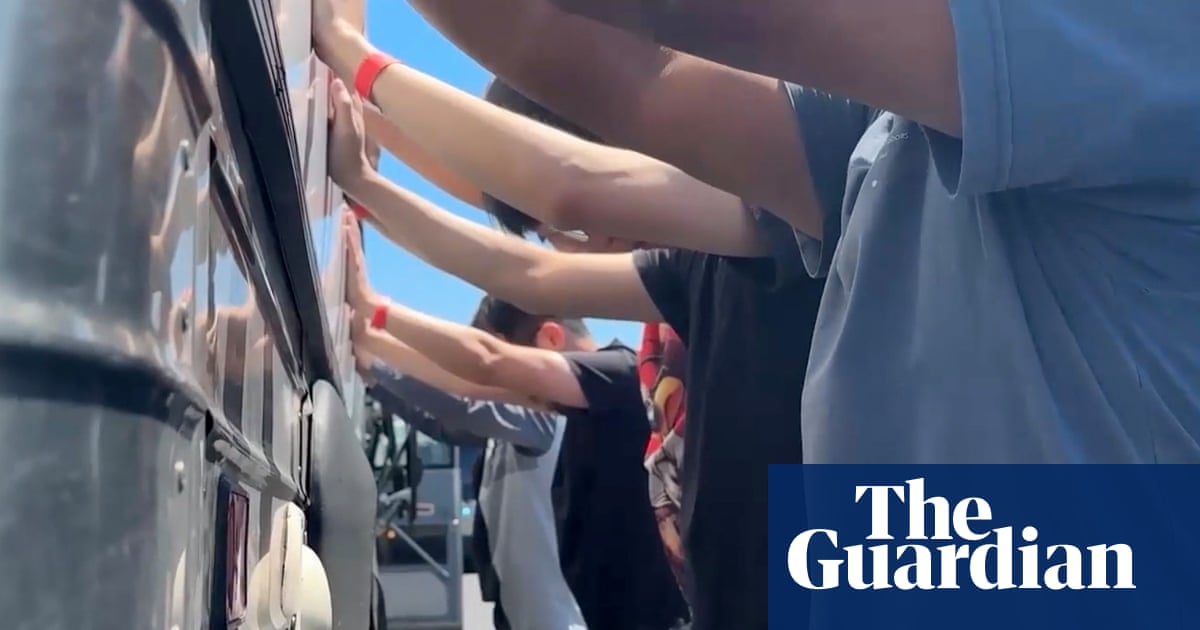Amy ColeMidlands Today and Tanya GuptaBBC News, West Midlands

 BBC
BBC
Staff practise on Linda the mannequin in the simulation laboratory
A simulation laboratory that can be used to recreate emergency childbirth situations for staff learning in a risk-free environment is revolutionising maternity training in Birmingham, the NHS has said.
The unit at Birmingham Women's Hospital has been funded by a £1m donation from high street fashion entrepreneur George Davies through his charitable trust.
It comes at a time when maternity services across the country are under scrutiny, following the Ockenden Report on Shrewsbury and Telford NHS.
Consultant neonatologist Matt Nash said: "The Ockenden report actually outlined that teams who work together need to train together, and simulation is the absolutely right way to do that."


A key component is an interactive screen which places the team in different surroundings, such as a theatre setting or the inside of a helicopter
The laboratory has areas kitted out as "real life" working wards, including a delivery room, a neonatal unit and a theatre.
Scenarios that can be simulated include a home birth and a baby being born in a car park, then being moved with its mother to the delivery room, and then to the neonatal intensive care unit.


Staff in a control room give instructions about the scenario to the people in the lab
Mr Nash, clinical director for maternity and neonatal care, said: "We're able to get the neonatal teams and maternity teams, obstetricians, ancillary staff, theatre staff all together to be able to run through acute scenarios, to make sure that it's as safe and effective as possible."
The laboratory is for use by teams at the Women's Hospital and hospitals across the region.


Consultant neonatologist Matt Nash said simulation was the right way to train staff
Perpetual, mother to five-year-old twins, was hospitalised with Covid in 2020 and was so ill she was put in an induced coma.
Her twins were delivered by Caesarean section at 26 weeks in a high-risk operation.
Perpetual, a hospital consultant, said any effort to enhance maternity care was crucial, adding: "This is an added advantage to training, which we didn't have before. So I think personally, as a mum, that gives me huge reassurance."


Perpetual had her twins, Osinachi and Sochika, during the Covid pandemic
Mr Davies has supported the trust since 2006, when staff saved the life of his granddaughter, Evie, who was born with a rare heart defect.
He decided to support the hospital again with the donation after he met advanced neonatal nurse Catherine Powell in his local pub.
Mr Davies said: "There's not a person I've met that I've not been impressed with - a nurse or a doctor."
He said he planned to carry on supporting the trust, adding: "I think the biggest satisfaction to me in life now is helping people."


George Davies decided to make the donation after he met a nurse in his local pub

 German (DE)
German (DE)  English (US)
English (US)  Spanish (ES)
Spanish (ES)  French (FR)
French (FR)  Hindi (IN)
Hindi (IN)  Italian (IT)
Italian (IT)  Russian (RU)
Russian (RU)  6 hours ago
6 hours ago























Comments